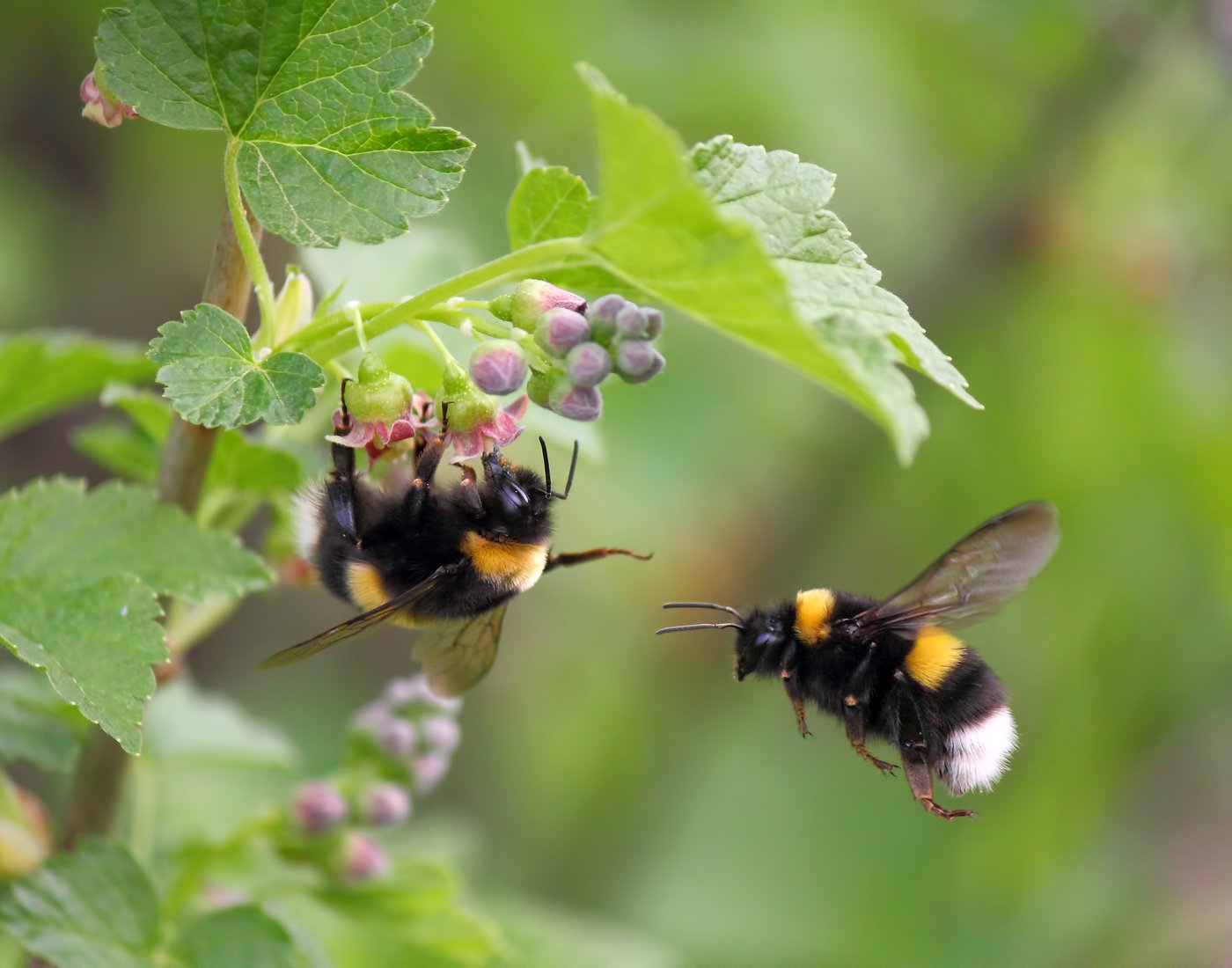Bees
Bees play a fundamental role in local ecosystems and our food production. Understanding how climate change affects them helps us understand how we can improve their ability to survive — and even thrive — as ecosystems change.

Many important agricultural crops around the Northeast — apples, blueberries, pumpkins, and potatoes to name a few — rely on pollination by bees to produce fruits and seeds every year. Native bee species such as bumblebees are particularly good at pollinating the plants that grow in the Northeast. In recent history, the populations of native bee species have significantly decreased due to several factors, including climate change.
Because the native bee population is declining, we have to turn to other bee species to continue vital pollination processes. The western honey bee is a domesticated species found across the world, but like native bee species, honey bees face climate-related challenges. By studying these challenges, we can understand how climate change is affecting local ecosystems.
Bees and other pollinators provide students with a window into complex relationships that drive ecosystem health and food production.
Curious to learn more? Check out our full Climate Story. Here you will also find resources to engage youth and learn about the role NASA plays in helping us understand how climate change is impacting bees and pollinators.
Learning Ecosystems study bees
Explore how our Learning Ecosystems have created student experiences involving bees and other pollinators.

